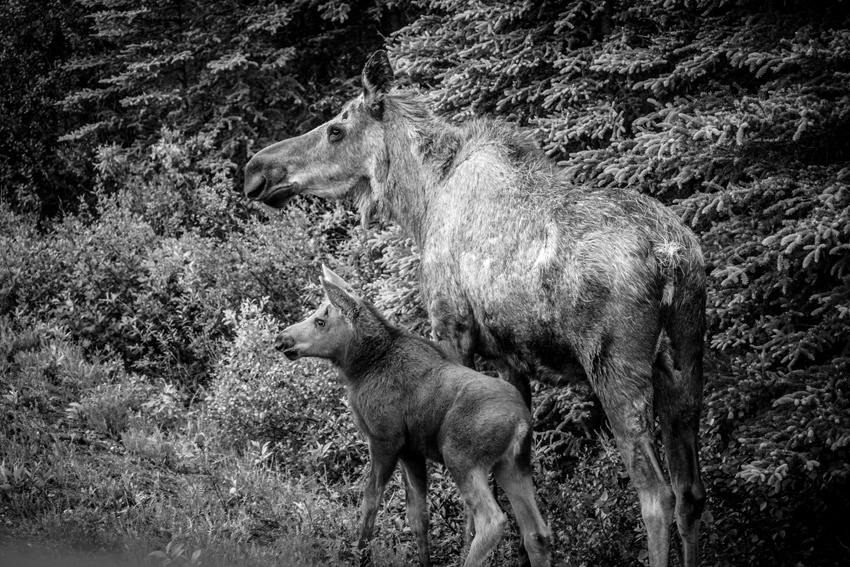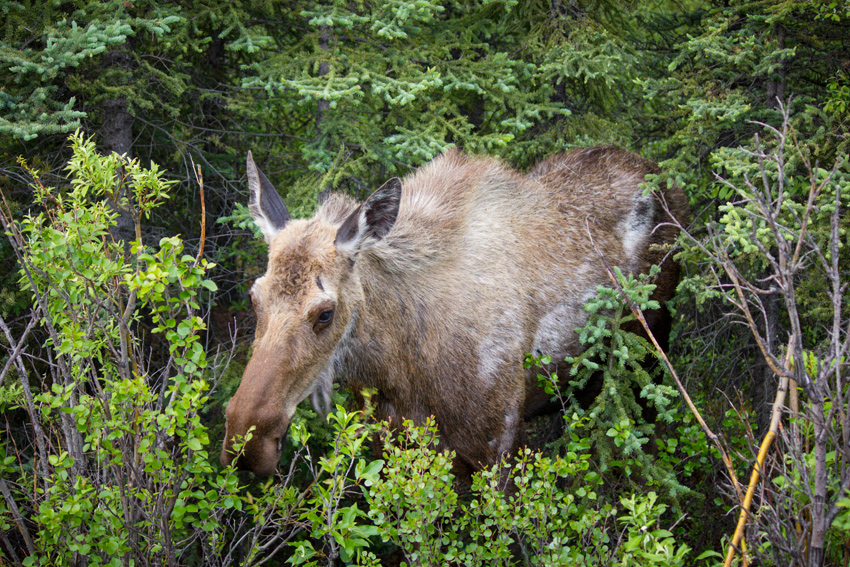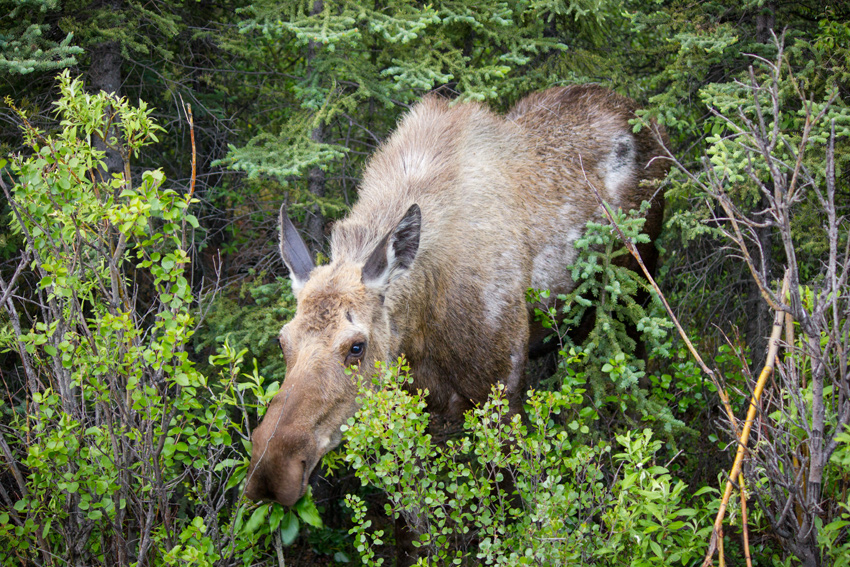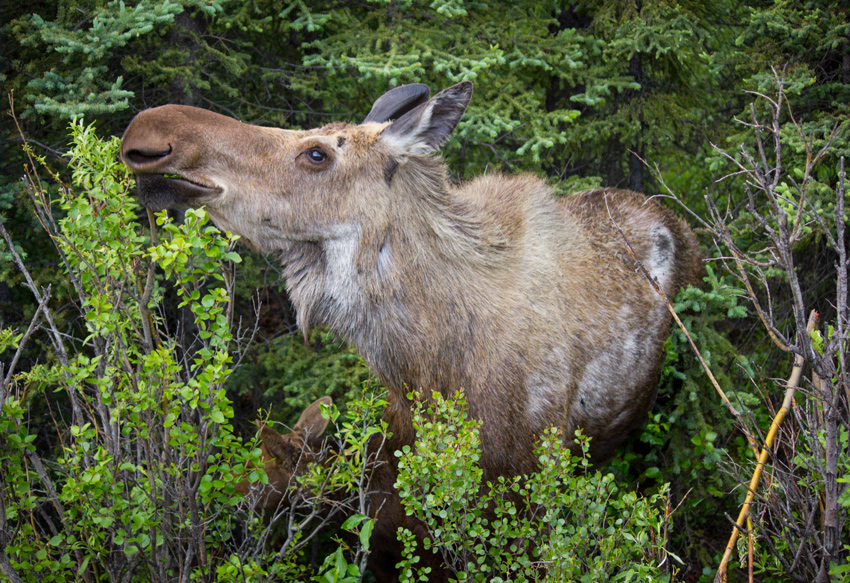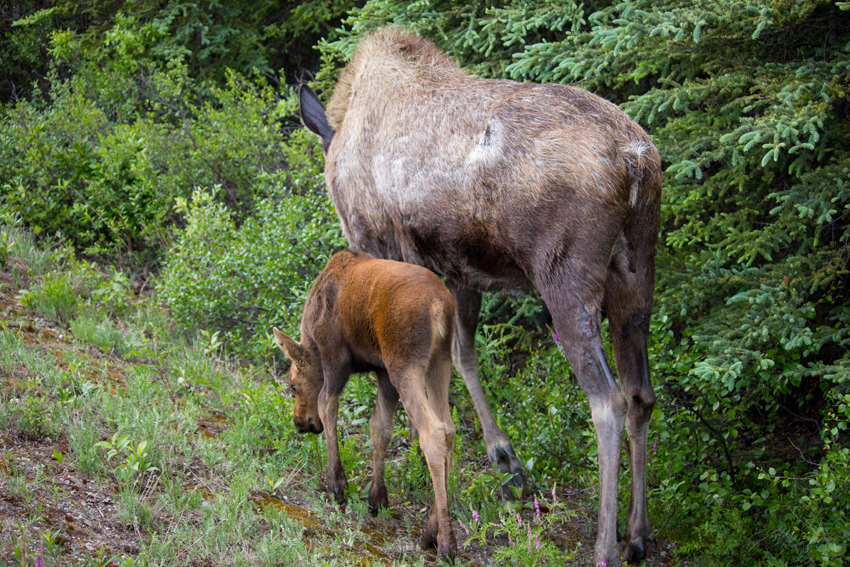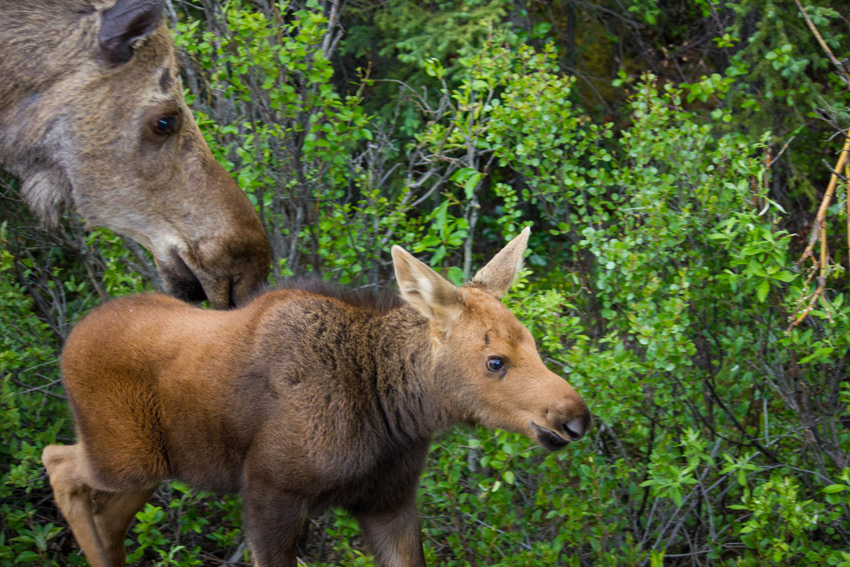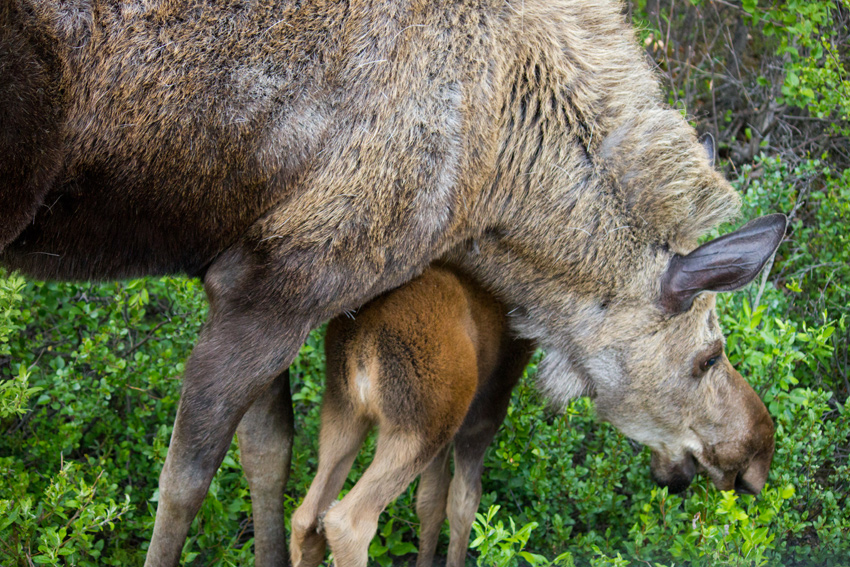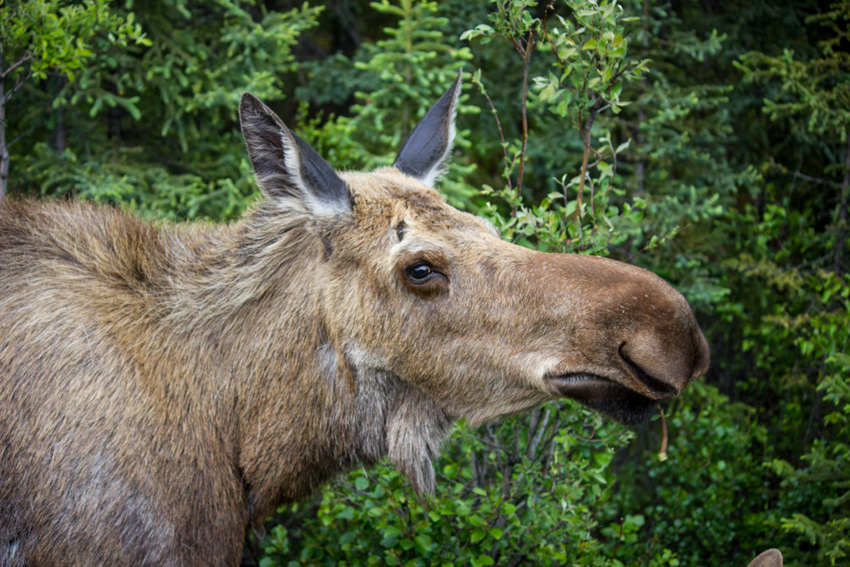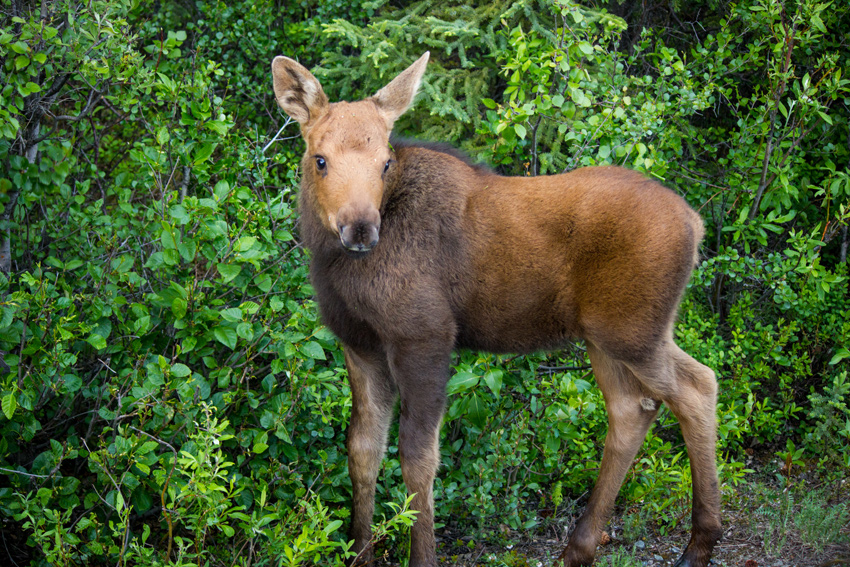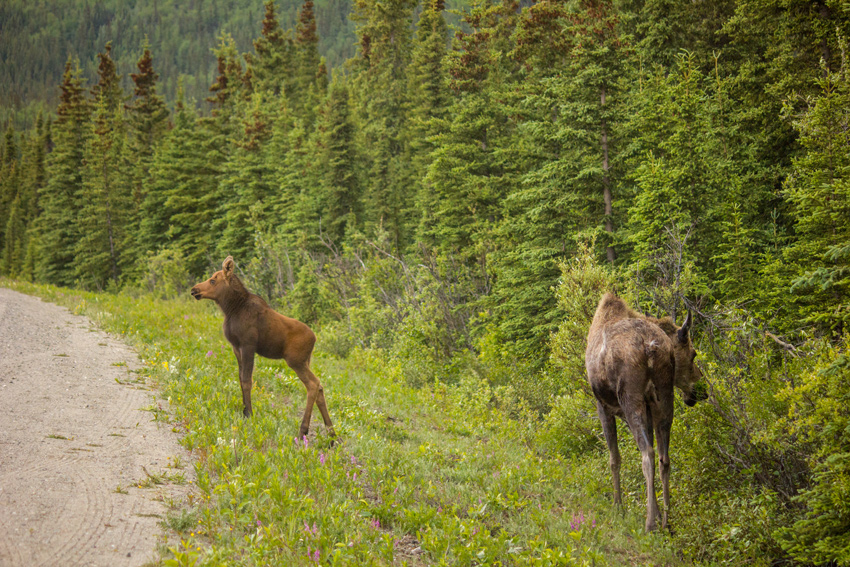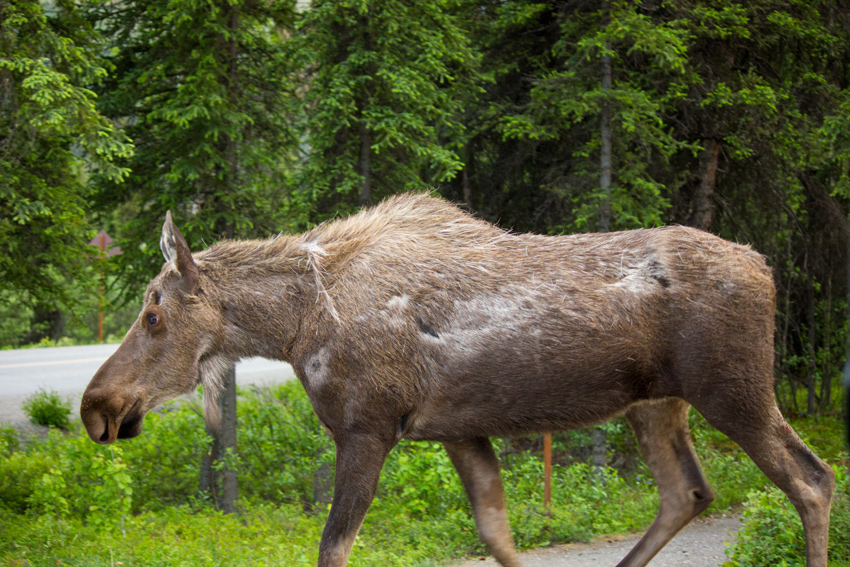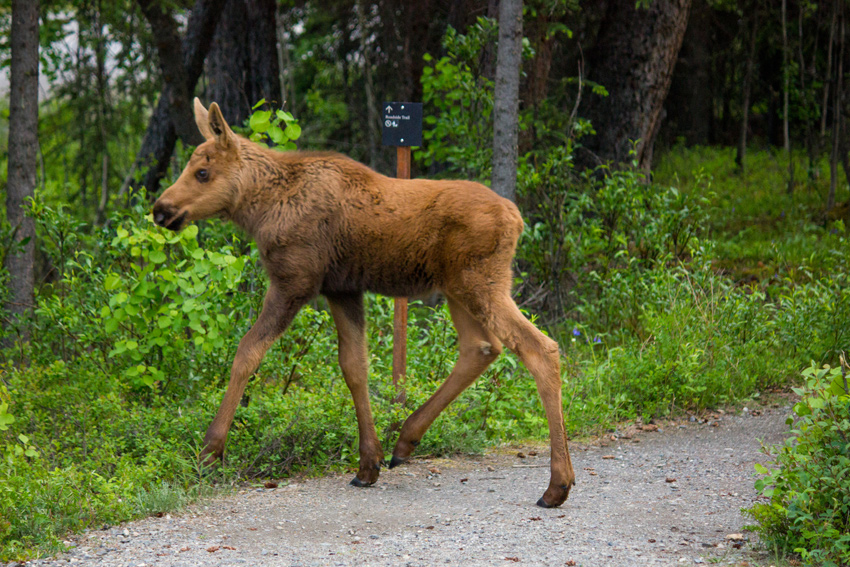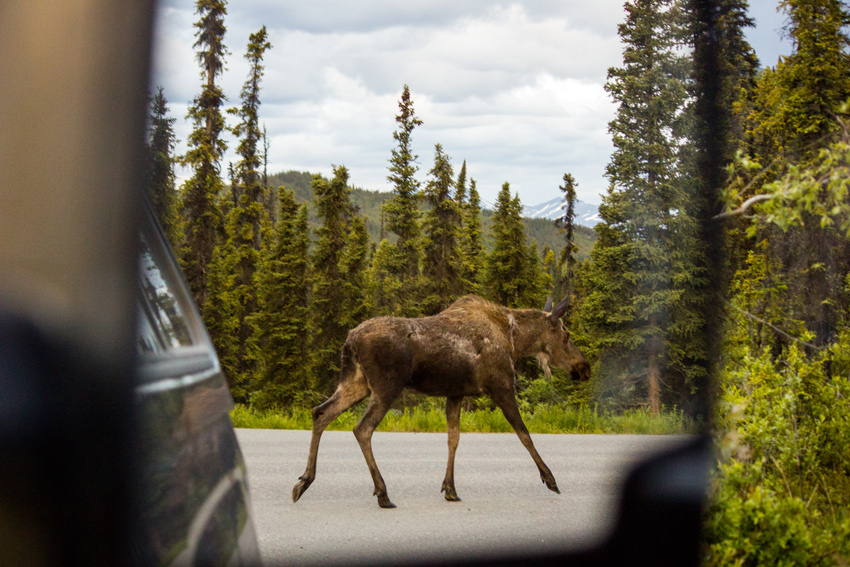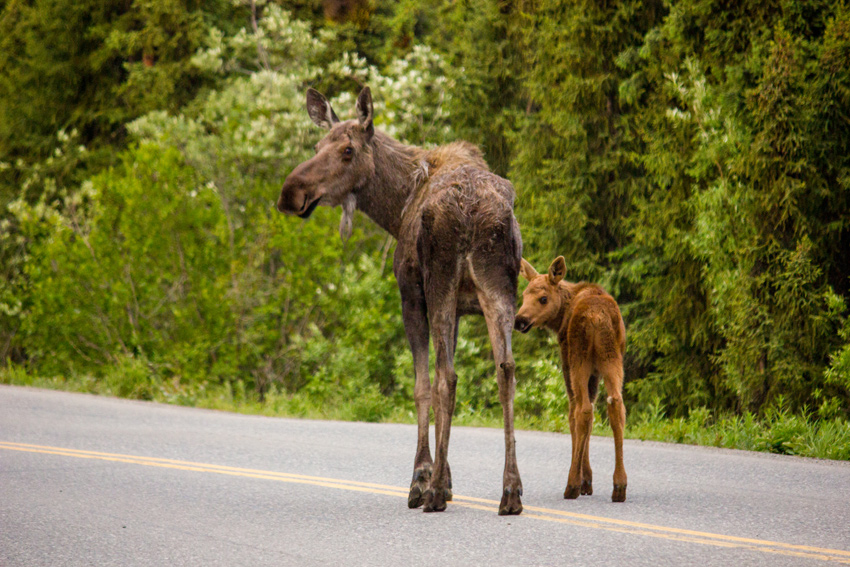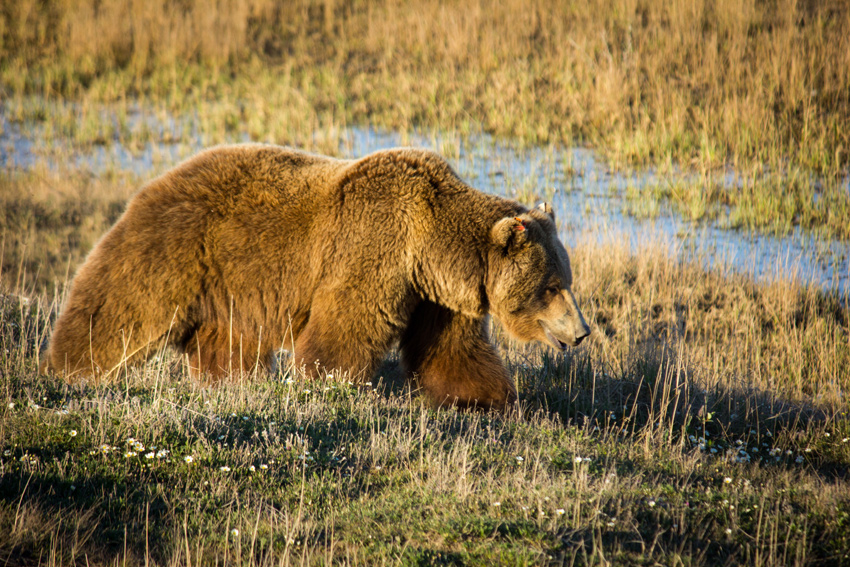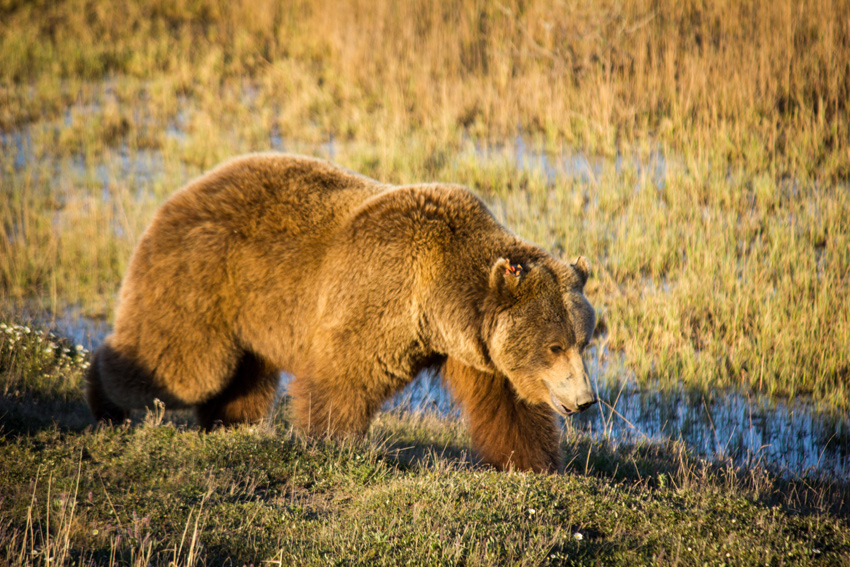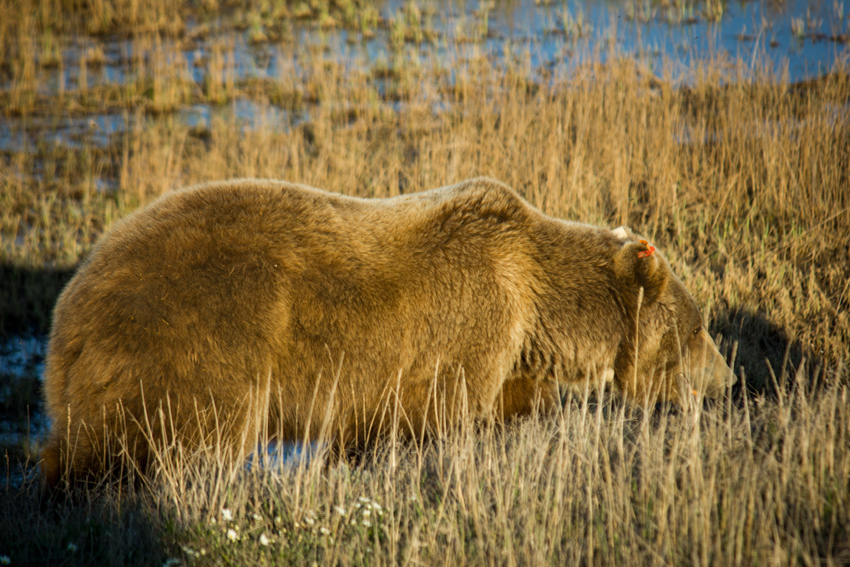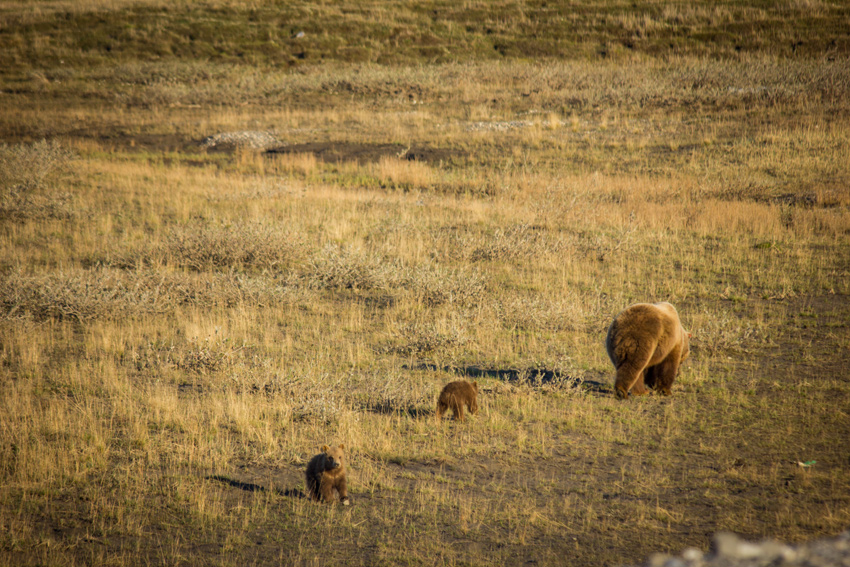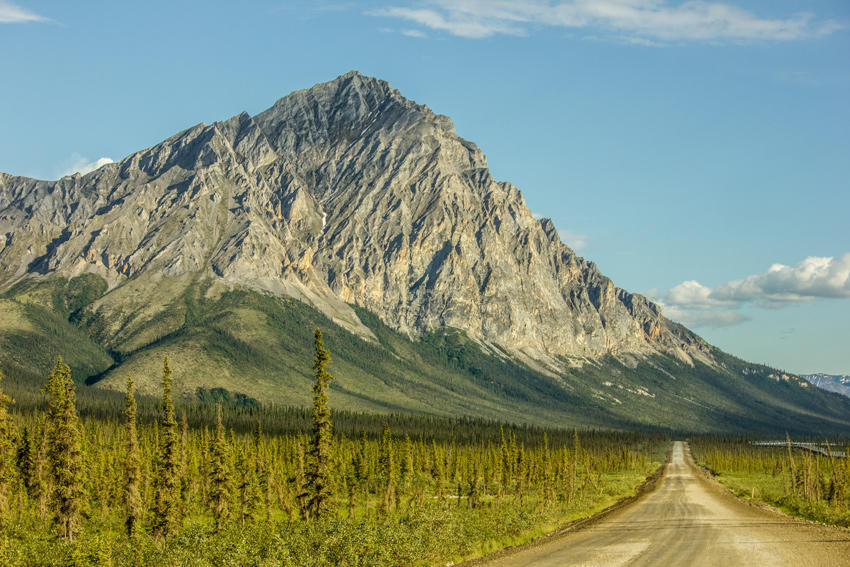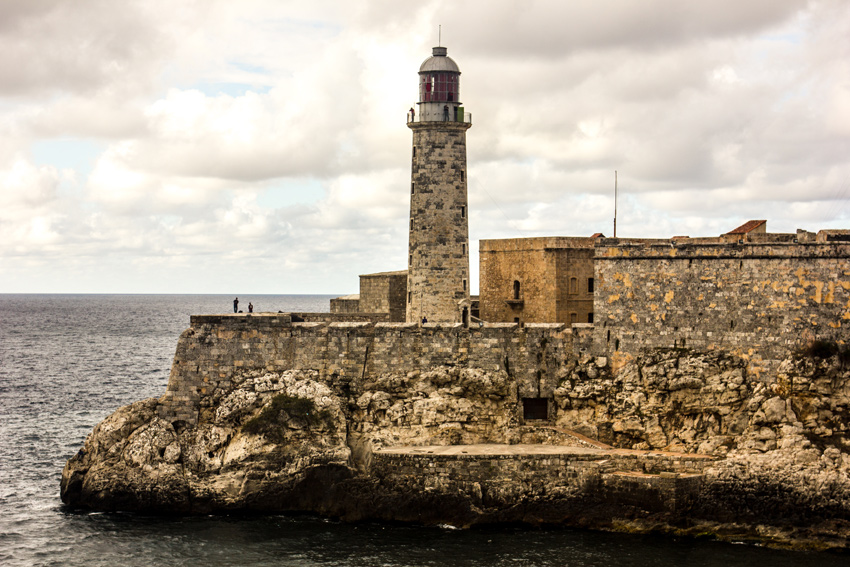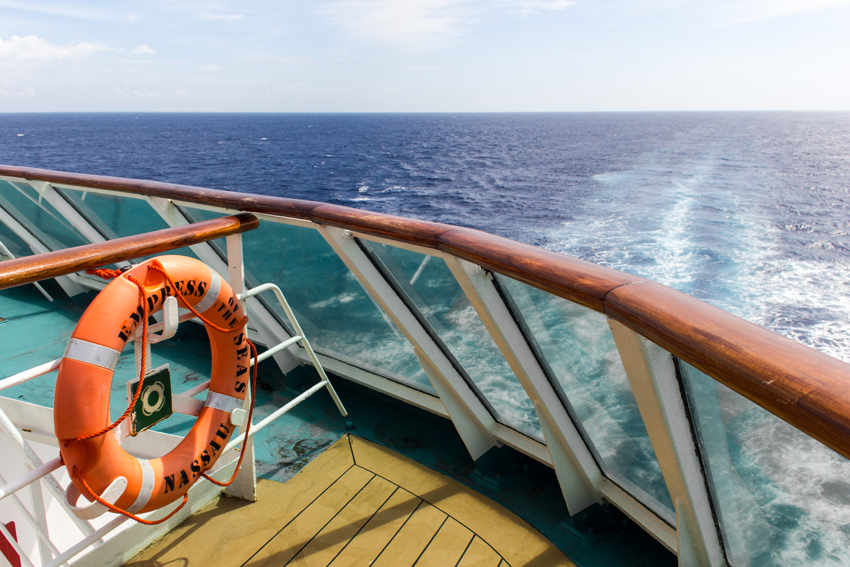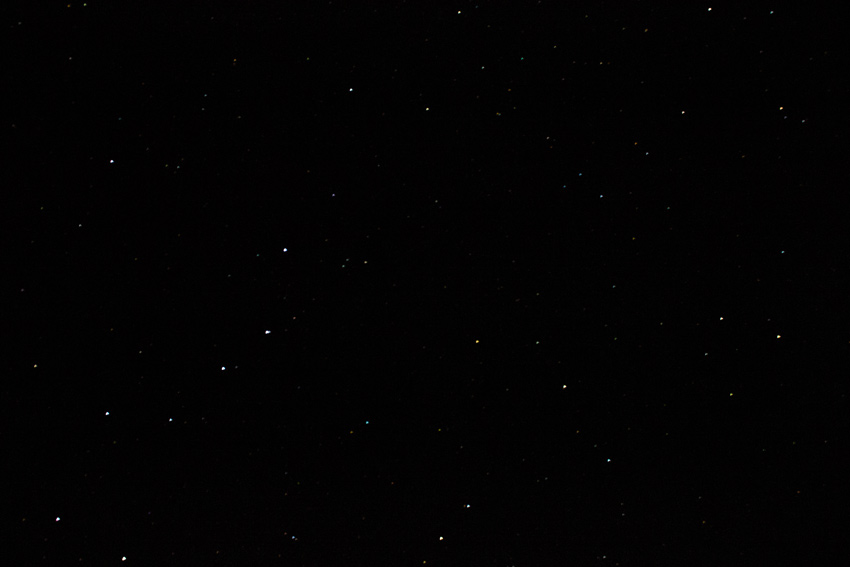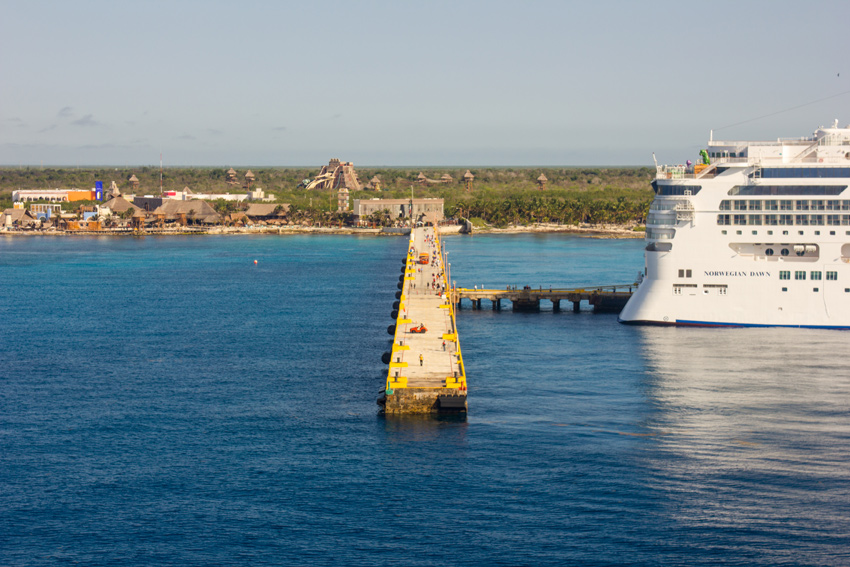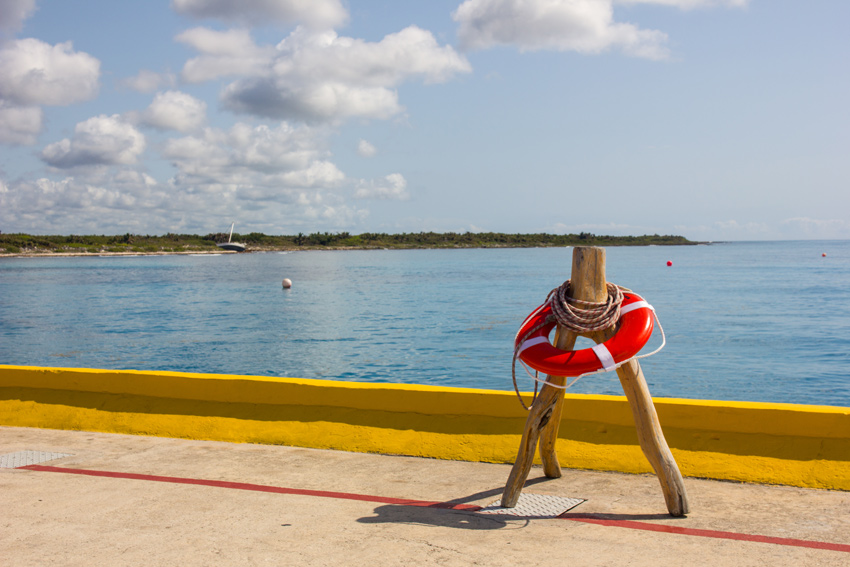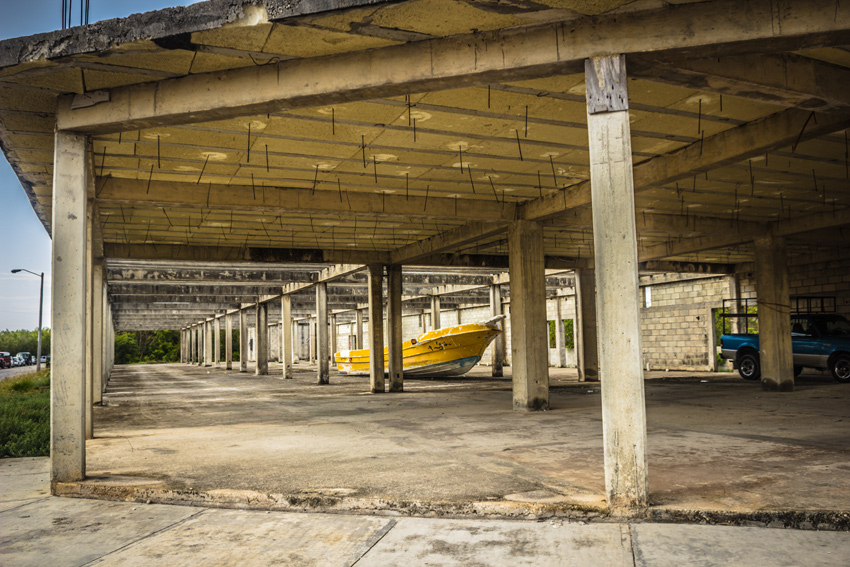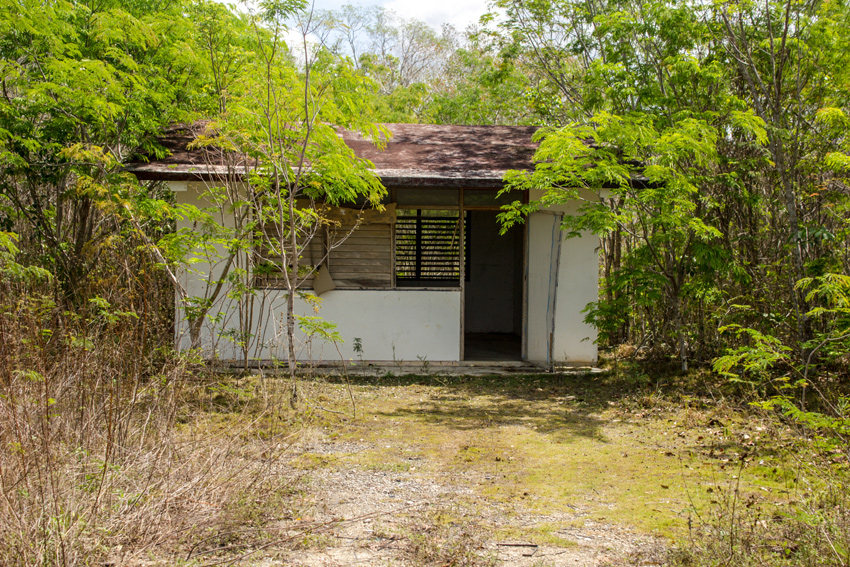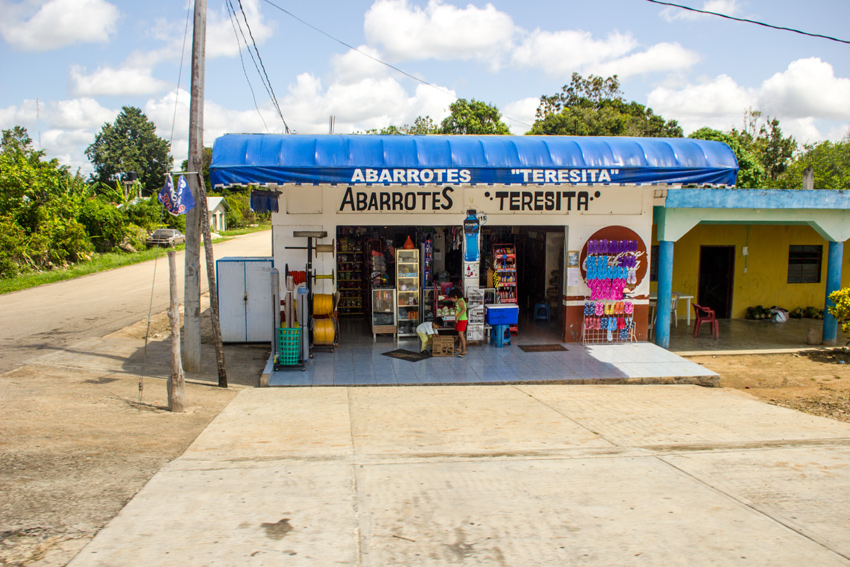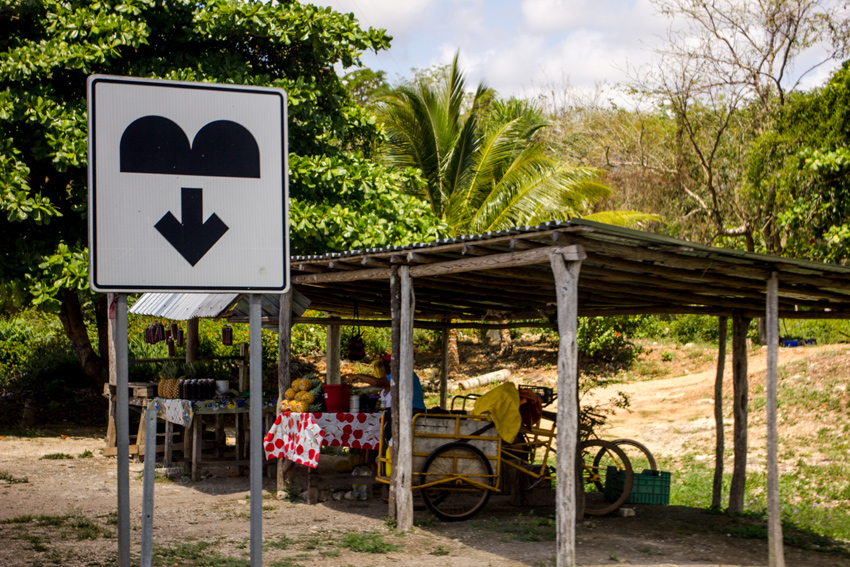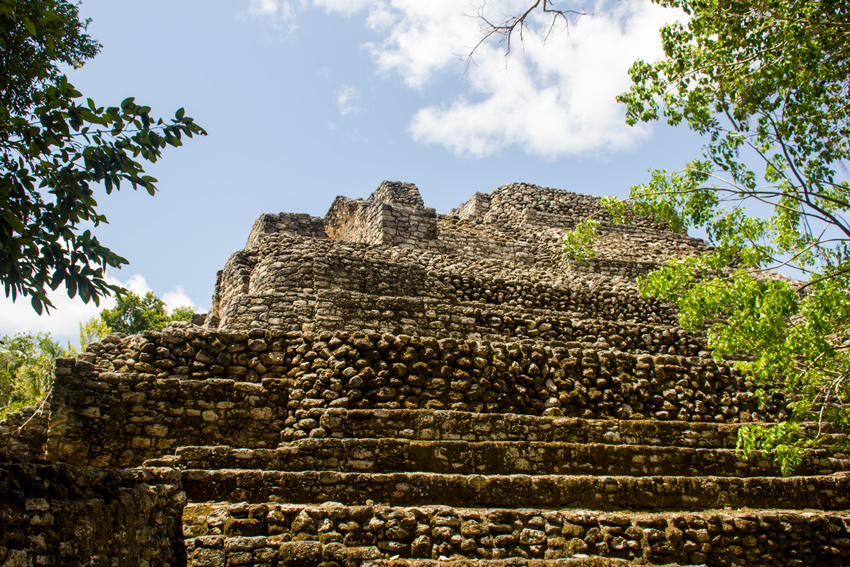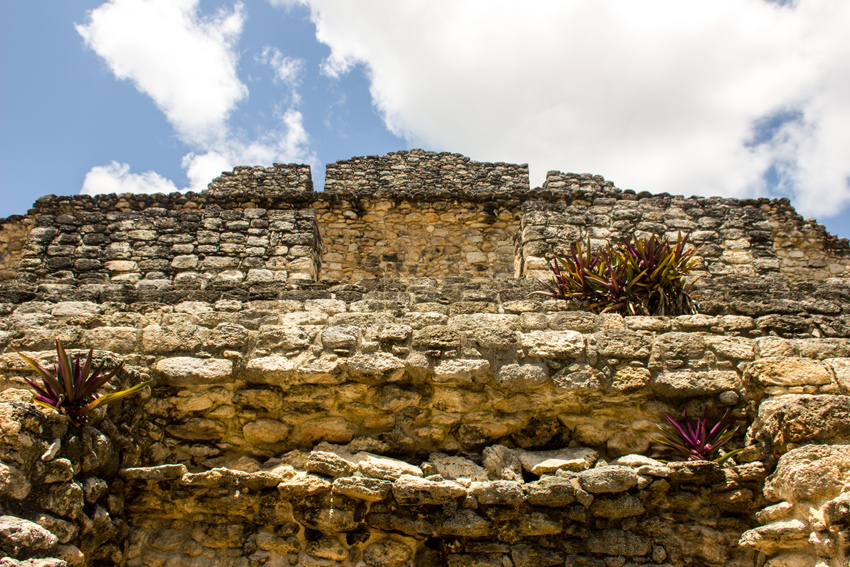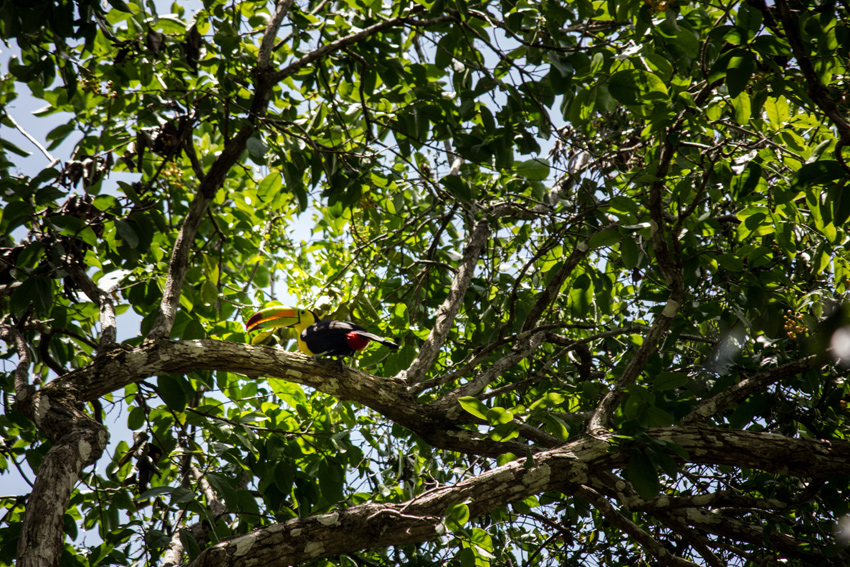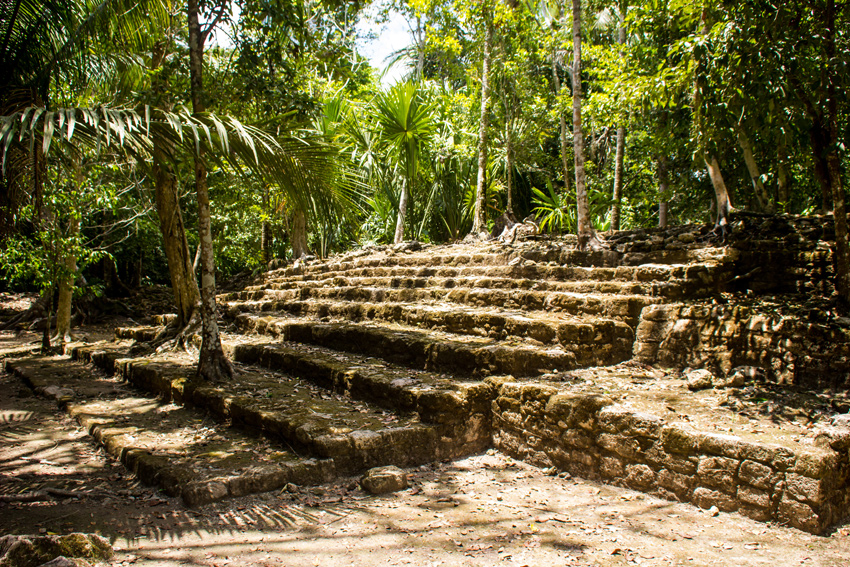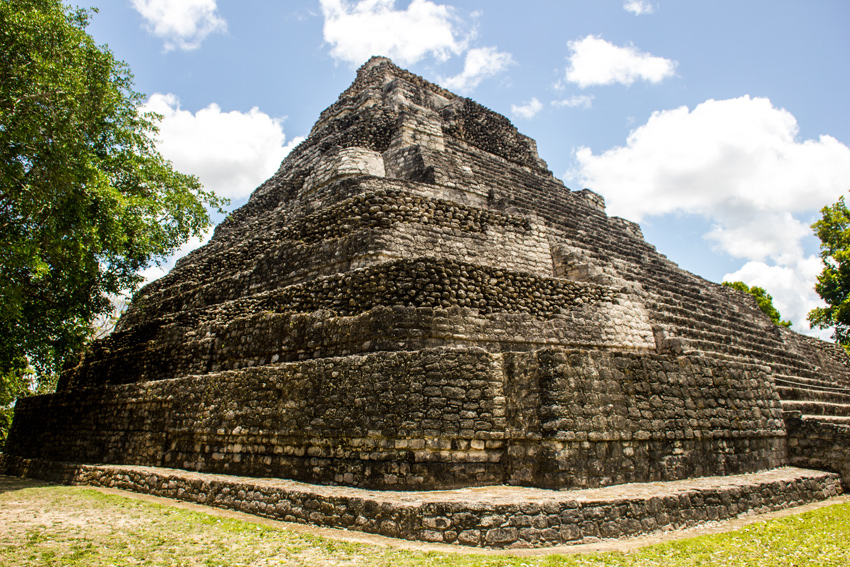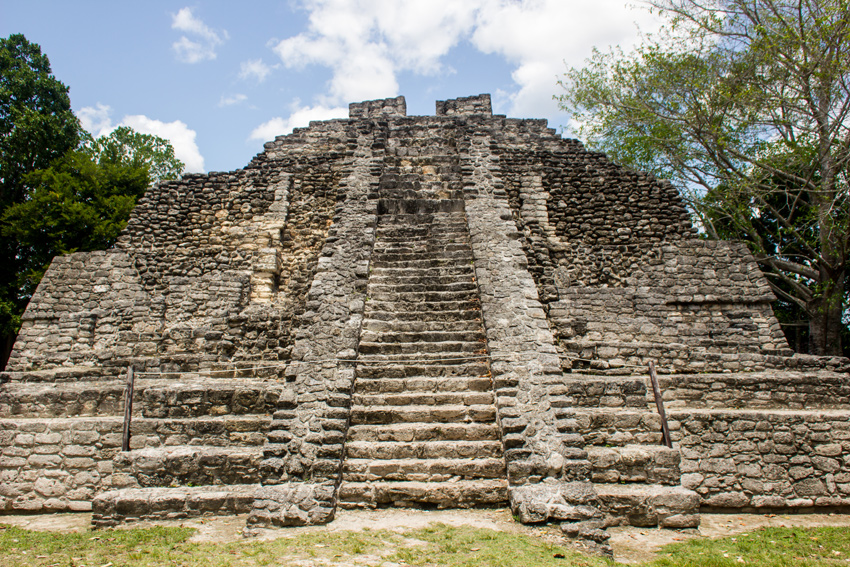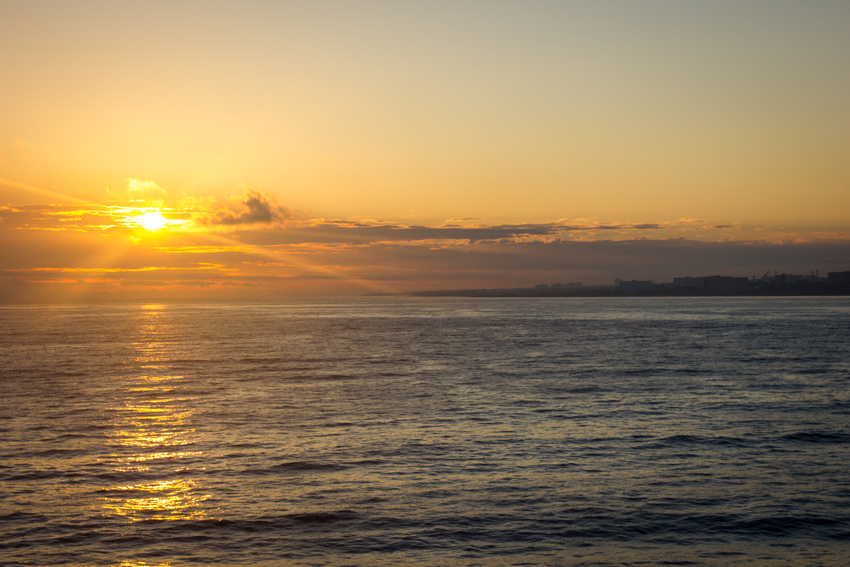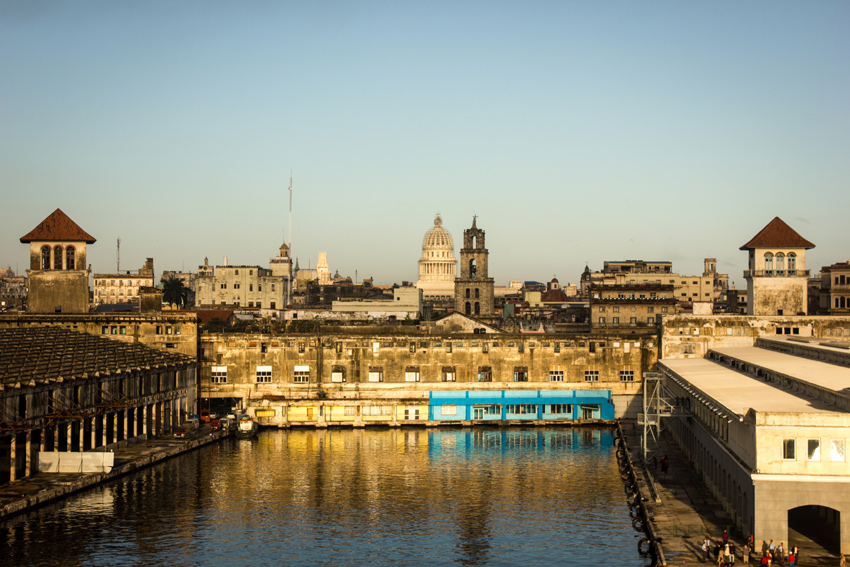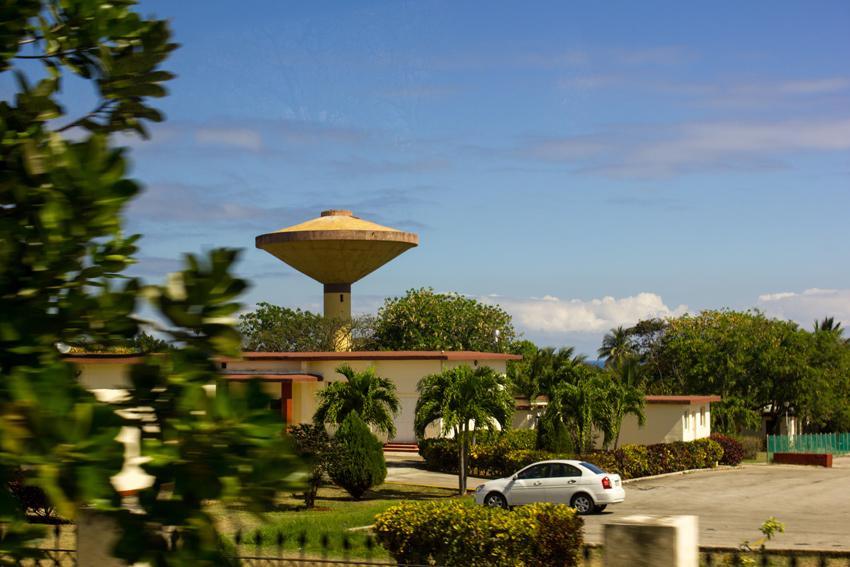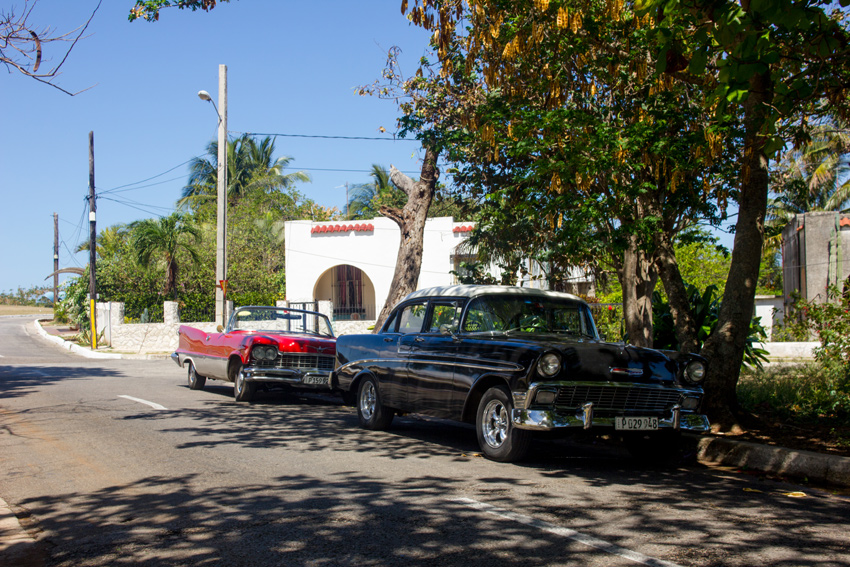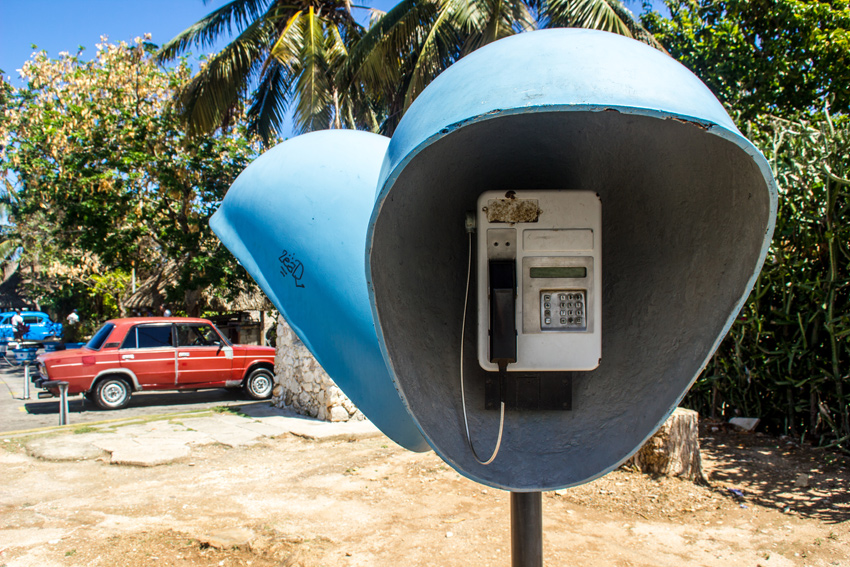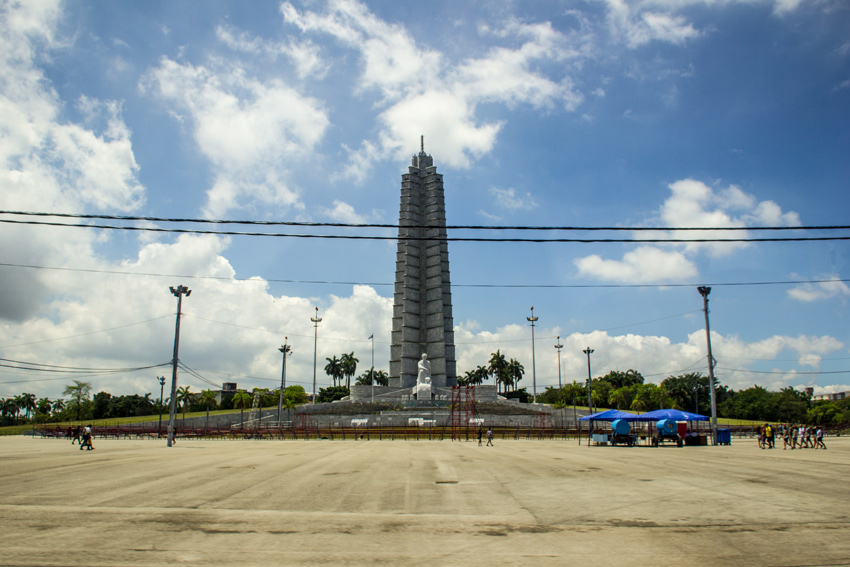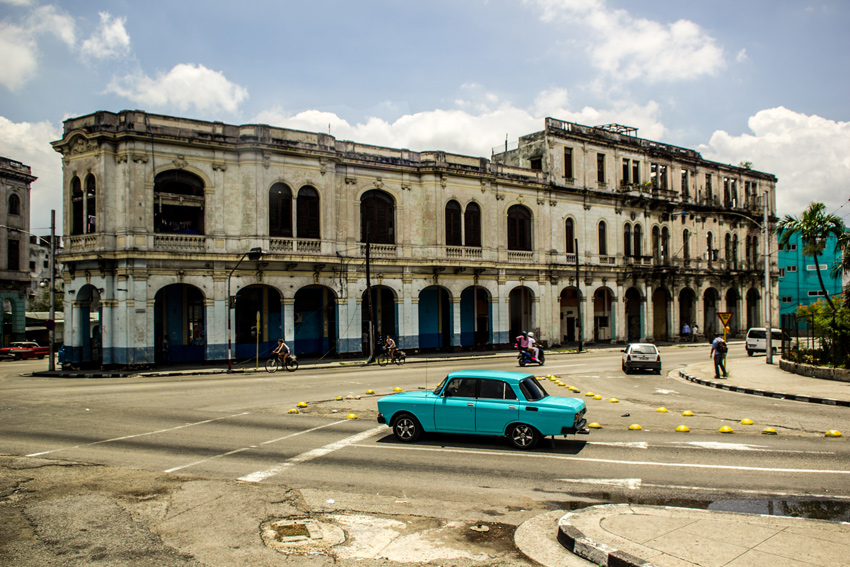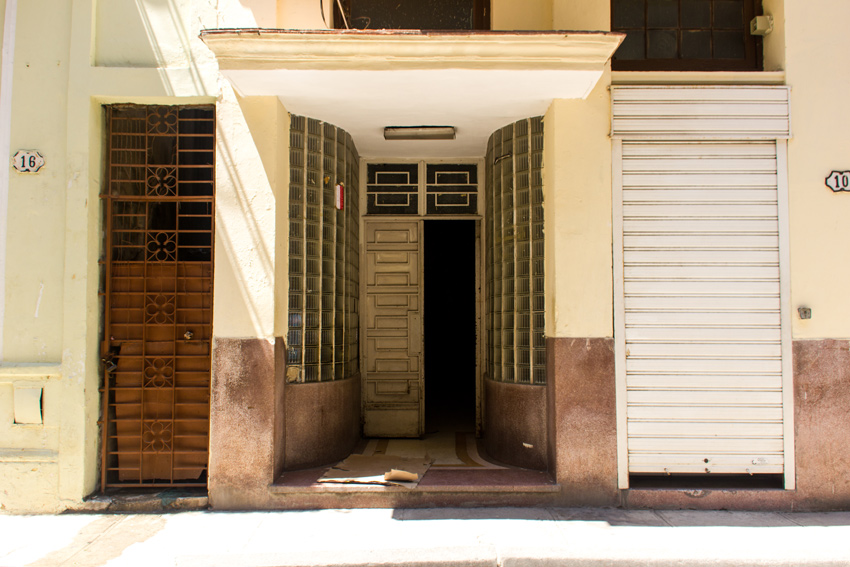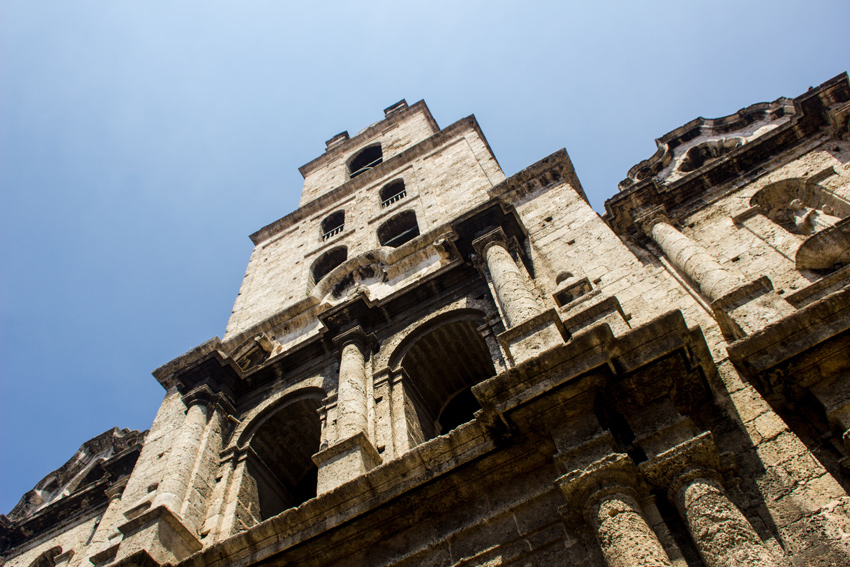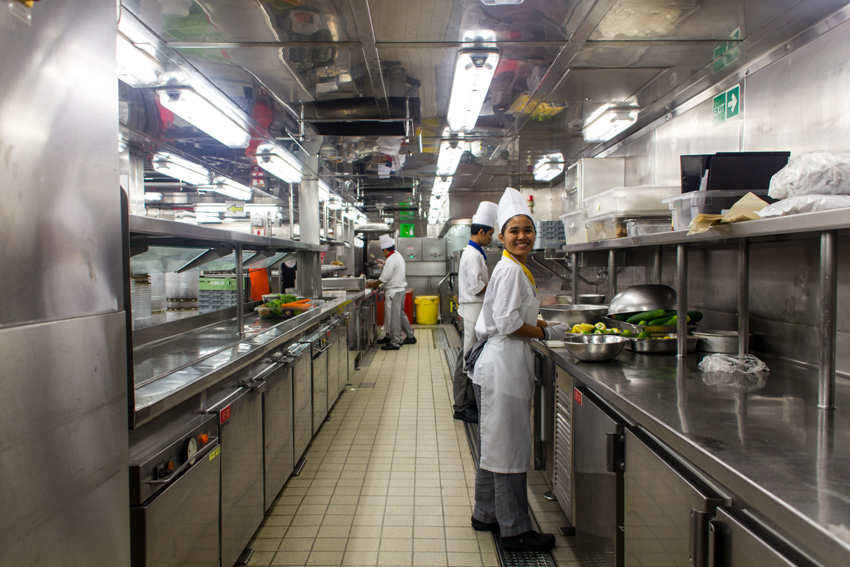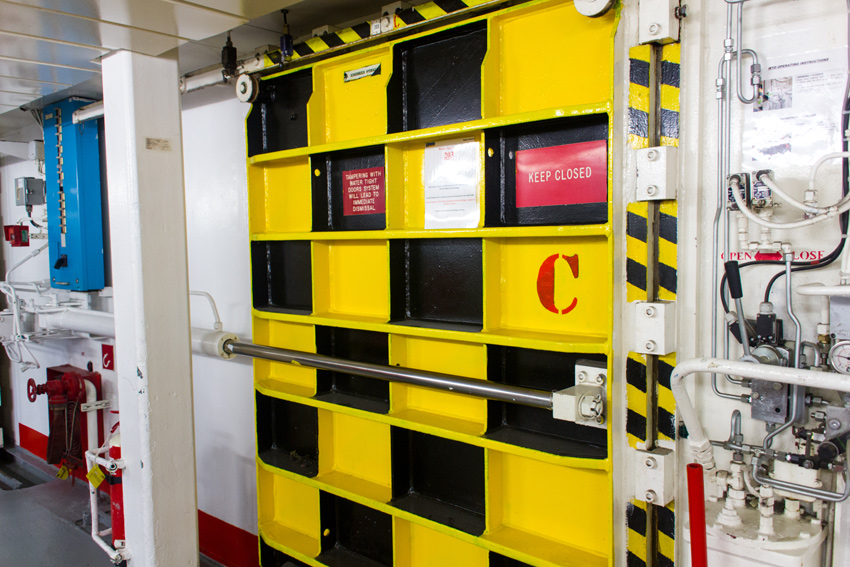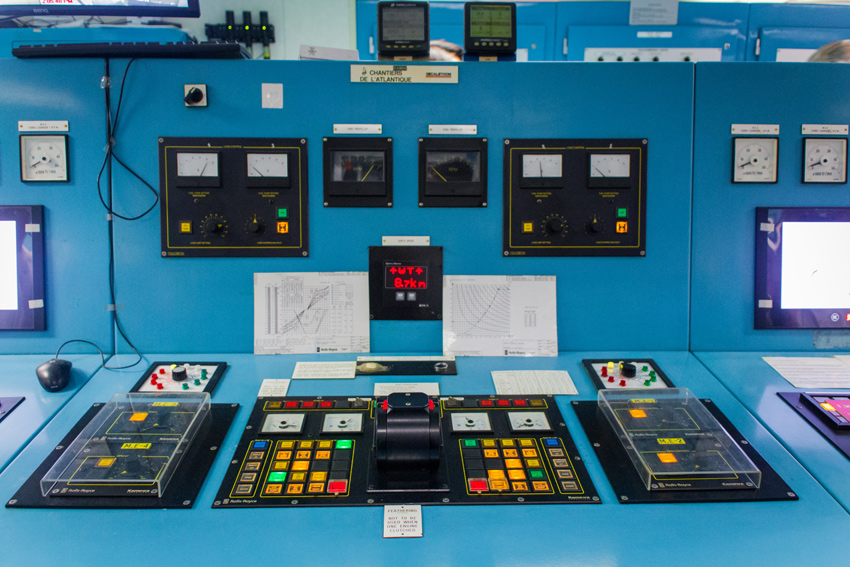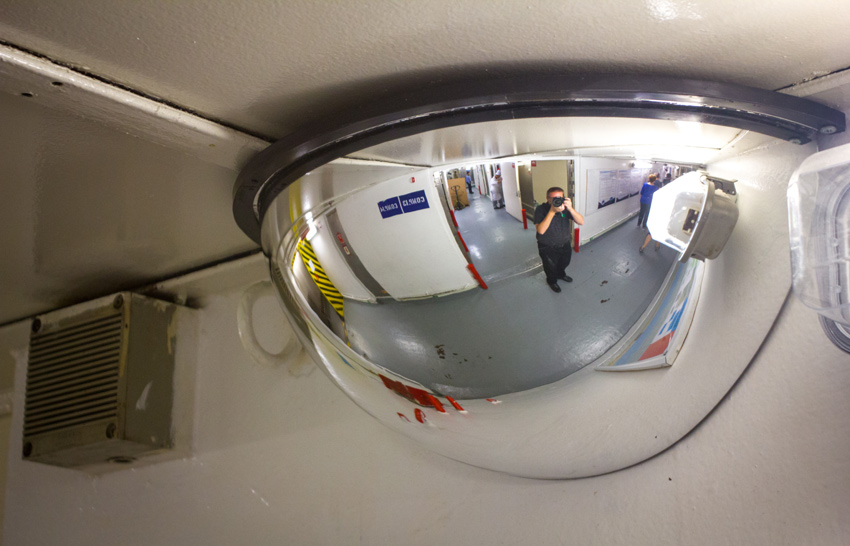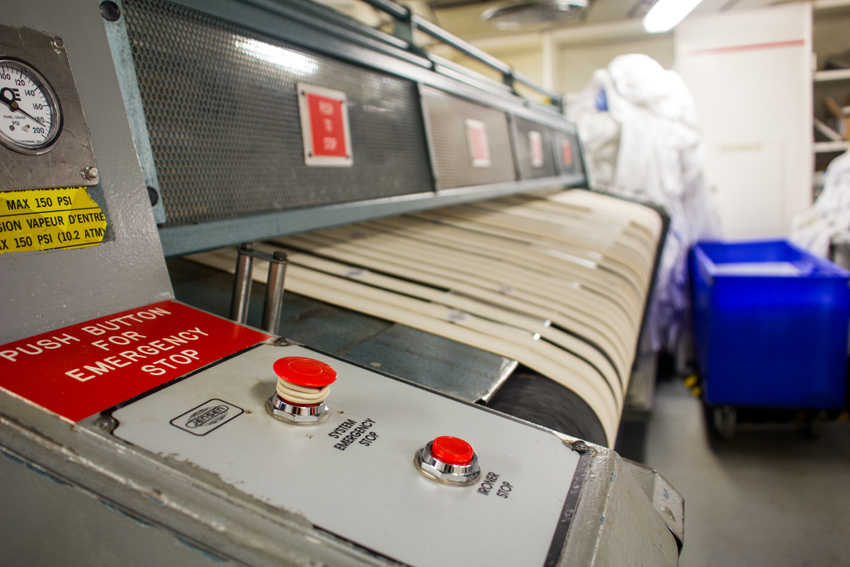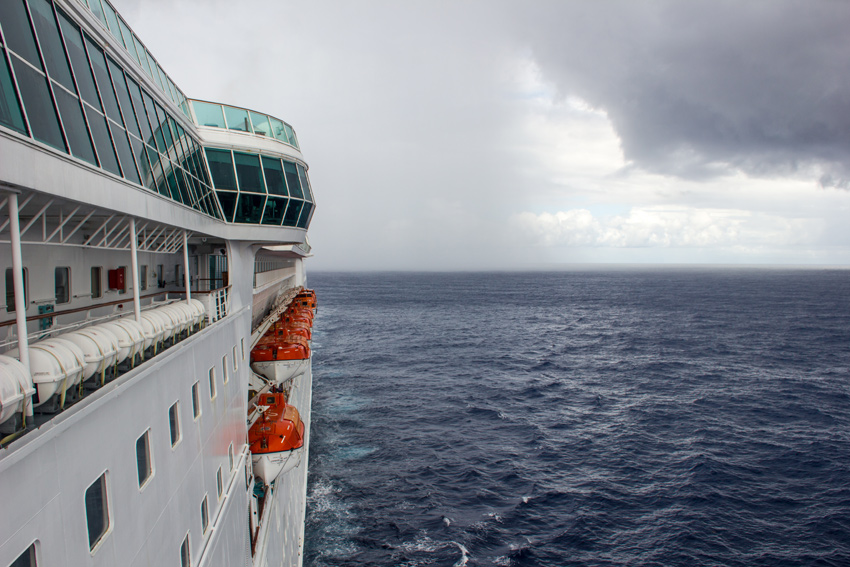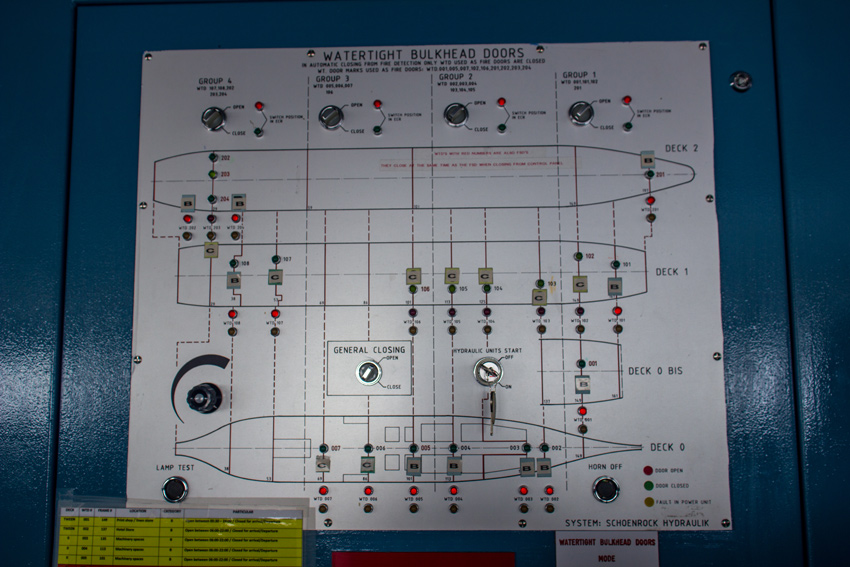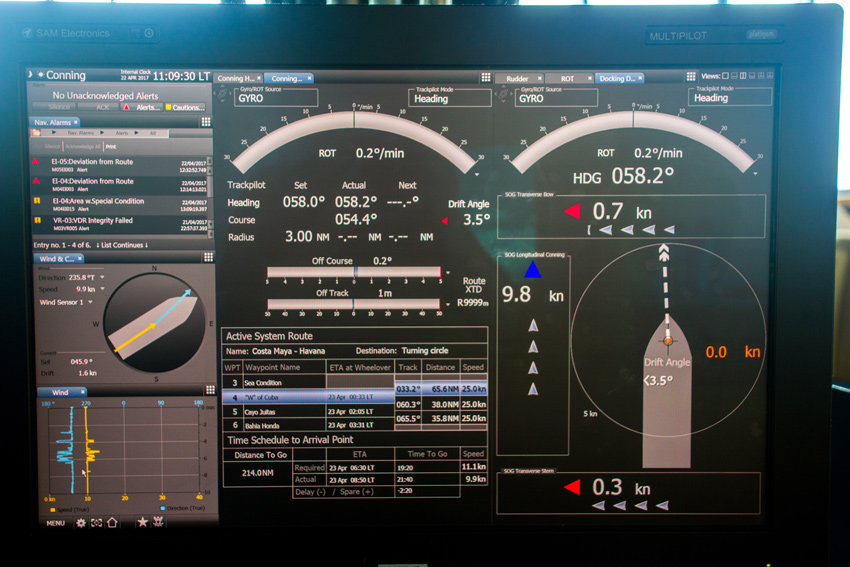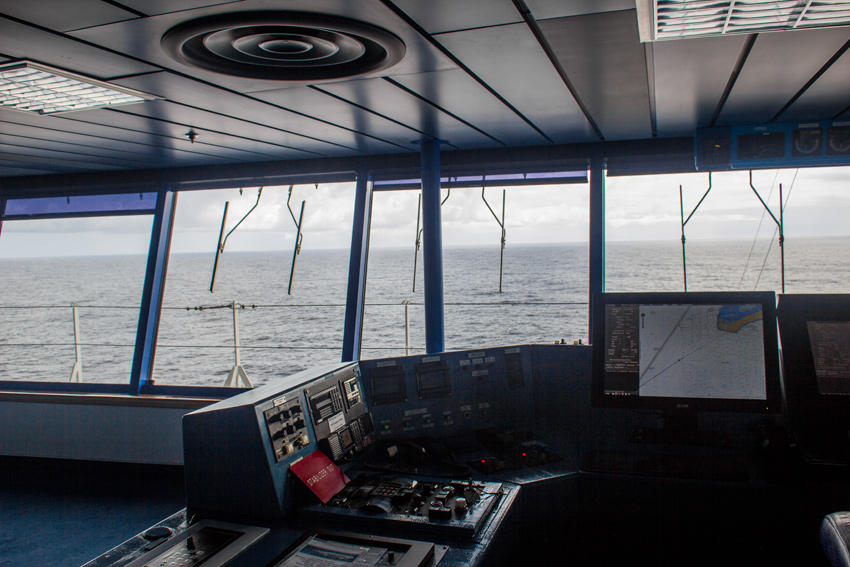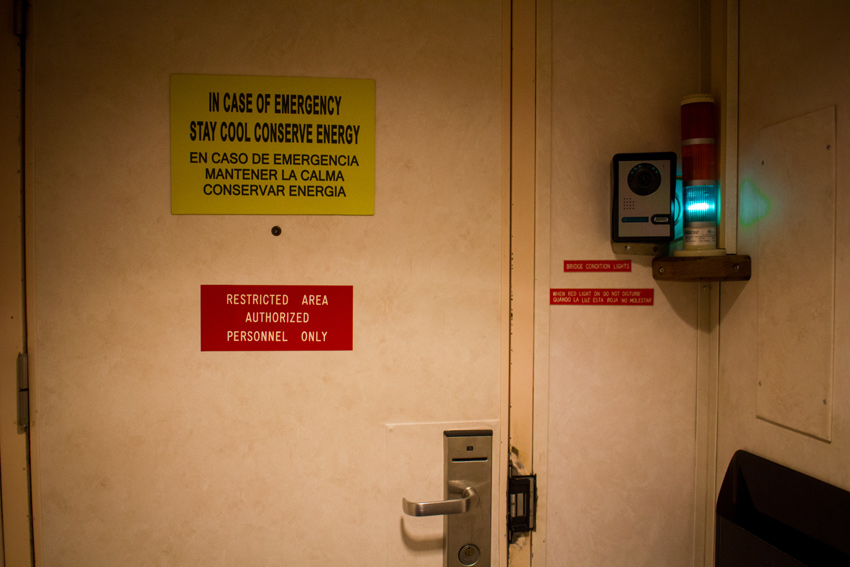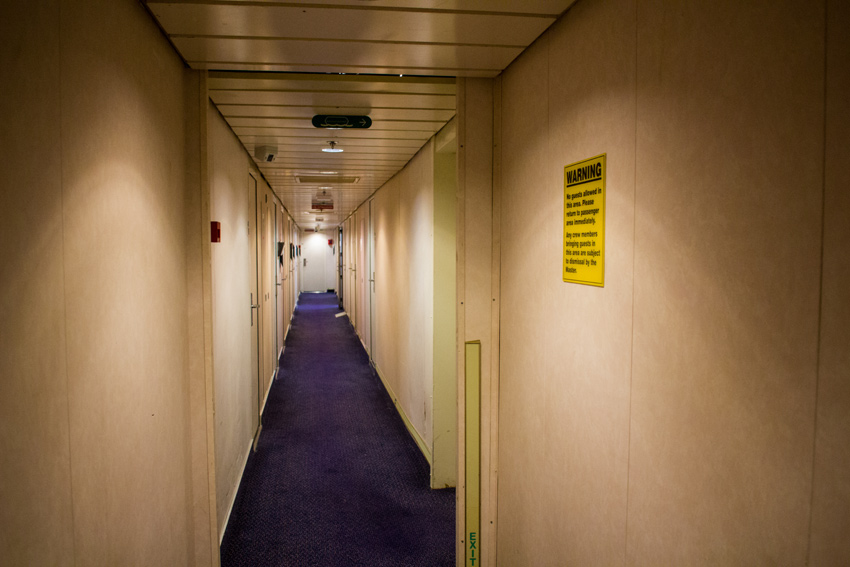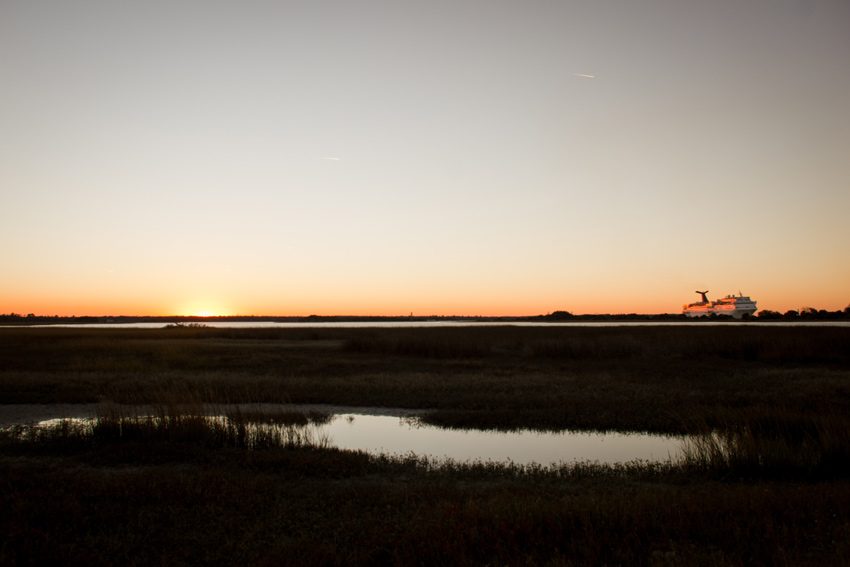Faro Castillo del Morro (1845) lighthouse on the ramparts of the Castillo de los Tres Reyes Magos del Morro (1630) at the entrance to Canal de Entrada and Puerto de La Habana in Havana, Cuba from the MS Empress of the Seas, Deck 8 Forward Station, while sailing out of Havana Harbor.
Canal de Entrada, La Habana, Cuba: 23 April 2017
part of the Havana, Cuba album
I recently had the opportunity to sail aboard the Empress-class MS Empress of the Seas IMO 8716899 for the ship's and Royal Caribbean's inaugural voyage to Cuba. Departing from PortMiami Terminal G on Wednesday, 19 April 2017, it was an incredible six-day international journey featuring two port calls, two days at sea, a behind-the-scenes tour and truly exceptional service.
Empress of the Seas
Underway — Quintana Roo, Mexico — Havana, Cuba— Ship Tour
Underway
As this was my first time sailing with Royal Caribbean, I had done some research prior to departure to figure out how accommodating they could be for vegan dining. Based on that, I used the first evening's dinner to discuss my situation with Head Waiter Dragos Tudosa of Romania. From that moment to the end of the cruise, Dragos provided me with truly outstanding service far exceeding all expectations.
Each night, I received a completely customized vegan meal including a soup, salad, main course and dessert. As my research suggested would happen, I was initially provided a menu for the following day so that I could select and customize my choices. This worked but after talking more with Dragos and mentioning my enjoyment of Indian cuisine, he took it upon himself to work with the galley crew to create delicious and unique dishes every night. He even tried most of them.
It was more than just custom cuisine, however; Dragos made me feel as if I was a high-ranking officer aboard ship. As soon as I walked into the Starlight Dining Room and Dragos noticed, he dashed right over to greet me (often with a fist bump) and give an estimate on when my table would be available, if occupied. He also provided me with personal service at the table. I did not have to order, of course, but Dragos took it upon himself to bring out each of my dishes throughout the meal even though we had two servers, Petgin of India and Iryna of Ukraine.
As if all of this was not enough, the last several nights featured slices of chocolate cake, a vegan recipe of Dragos' own stepmother, served with dishes of fruit. I do not generally care for sweets or desserts, but this chocolate cake was amazing: moist and delicious without being terribly sweet and containing no dairy or eggs. I should have gotten the recipe!
I have dined in some fancy and expensive places, but never before have I received service like this. Dragos' personal service, friendly personality and attention to detail were a highlight of the voyage, a fact that I specifically mentioned in the official post-cruise survey that I submitted. Royal Caribbean is lucky to have crew members like Dragos aboard.
Mexico
Following a day in transit, we arrived at Costa Maya in Quintana Roo, Mexico on Friday, 21 April 2017. After watching the docking procedure and eating a light breakfast, I used the day to travel to the ancient Mayan archeological site at Chacchoben for a magnificent, personal tour presented by Joel Perez with The Native Choice.
Joel is a skilled and knowledgeable local educator fluent in Spanish, Mayan, English and German. Beyond simply narrating the ruins tour, Joel also used the drive there to discuss his life, family and culture. Another benefit of The Native Choice tours over those offered by the cruise lines is the size of the tour group. Our group numbered eleven and fit in a van while the ship's excursion arrived in a motorcoach and numbered fifty or more.
It was exciting to walk around and learn about the ancient city that once flourished here. Inhabitation at Chacchoben started around 200 BC when settlers moved into the region to build small houses and villages at bodies of water. Construction of temples and the city's establishment started about 200 years later. Soon, Chacchoben was a powerful city militarily, politically and religiously. The peak of Chacchoben's cultural significance was between 600 and 900 AD, diminishing in importance afterward but remaining populated until the arrival of the Spanish conquistadors.
Walking through a twisting and wooded jungle path, we approach a clearing that reveals a large stone pyramid at the center of an open field. This cinematic reveal was of Templo 24, the largest of the restored temples at this site. Joel talked about the structure's design explaining that various rooms were built for different purposes. Sometimes additional rooms were built on top of these, sealing the original rooms within the structure (but not as tombs in the way the ancient Egyptians did).
Moving along the path, we saw a wild toucan, the ritual sacrifice area and a number of unrestored structures before arriving at Las Vias where stone stairways surround a plaza, all that is left of the community's homes. We continued east to Chacchoben's ritual hub, Gran Basamento, a large hill on top of which several temples are built. A stone tablet with visible but severely worn inscriptions is on display at the base of the steep, stone stairway of Gran Basamento. At the top are three increasingly sized temples: Los Gemelos, Las Vasijas and Templo 1.
With the tour complete, we had a few minutes to browse the art and souvenirs available for sale. I made a small purchase and returned to the van, gladly accepting another bottled water from our driver Rico, who carried a heavy backpack of waters throughout the tour to give to us as needed. It was hot; over ninety degrees with humidity over ninety percent. We spent about two hours at the site, which gave us time to see everything and not feel rushed.
Following our return to Costa Maya, I enjoyed several tropical beverages at bars operating within the private cruise ship port. The first at El Chaman was a frozen drink called Tulum — named for a Mayan city on the coast about 100 miles to the north — made of rum, cranberry juice, whole apple and cinnamon syrup. This concoction was perfectly mixed and fresh. I also enjoyed Rum Runners, Bahama Mamas and bilingual conversation with a friendly waiter at the Playa Coco Beer Bar overlooking the pier.
Cuba
The big day for Royal Caribbean and all hands was Sunday, 23 April 2017 as we sailed into the Canal de Entrada and the Puerto de La Habana in Havana, Cuba at sunrise. Docking at Terminal Sierra Maestra, we were the second cruise ship in port this day. I would first go off on a ship excursion called Old Havana City Sightseeing for a quick overview and visit of several notable sites including El Cristo de La Habana (1958), Fortaleza de San Carlos de la Cabaña (1774), El Capitolio (1929), Cementerio de Cristóbal Colón (1876), Plaza de la Revolución, Monumento a José Martí (1958) and Almacenes de San José (1885).
The tour by Havanatur Tour and Travel was enjoyable overall, despite the fast pace and number of guests in the group. Our two guides were very nice Cuban women who provided information about the landmarks we saw as well as their culture and way of life. Prompted by questions asked by others on the tour, the guides also provided their personal opinions and outlooks regarding the Cuban Thaw as well as the future of Cuba and its people. It was all quite fascinating.
Following the official excursion, we were free to explore Havana on our own until it was time to return to the ship. There was not much time but I did wander up and down the roads branching out from Basílica Menor de San Francisco de Asís (1591) to see the marina, cafes, shops and other establishments such as La Casa de Gobierno y Palacio Municipal (1776) a.k.a. Palacio de los Capitanes Generales in the blocks surrounding Plaza Vieja (1559) and Plaza de Armas (1559).
I next visited Casa de Cambio (CADECA) currency exchange and obtained Cuban convertible pesos or CUC, one of two Cuban currencies and the ones tourists use. A shipboard lecture the day before provided a way to discern the currencies: CUC notes feature monuments while Cuban peso or CUP notes feature portraits of people. I received $26.15 CUC for my $30.00 USD, which was plenty to purchase a small memento, stop in a local cafe and keep some as a souvenir.
Although several restaurants looked interesting, it was the plant-filled courtyard in the middle of La Marina Restaurante-Cafetería on the corner of Calle Teniente Rey and Calle Oficio that attracted my business. I enjoyed a light lunch: black beans, rice and cucumber with Cerveza Cristal by Cerveceria Bucanero S.A. to drink.
Even though our stay in Havana was extended by one hour because of a delay being permitted to enter harbor and dock, I would have appreciated more time to explore and meet people. It was a very fun and educational day, but the whirlwind pace did make it feel a bit rushed. An intriguing place seemingly out of time, Havana invoked other locations and decades while simultaneously being unique and reflecting local culture. It was really a lot of fun.
Royal Caribbean went out of their way to try and make this inaugural sailing special. There was Cuban-themed music, food and drinks plus salsa dance lessons aboard ship. Paper fans, maps and a note card from the management were deposited in passenger cabins the evening before Havana. They even had a band playing Cuban music for passengers queuing to check-in at the terminal in Miami and handed out free Rum and Cokes at boarding.
Following our brief adventure in Havana, passengers found in their cabins a special certificate commemorating our voyage on Royal Caribbean's inaugural sailing to Cuba.

David July
There are a number of photographs and articles about our sailing into Cuba. None of the images are zoomed in enough to see me but I am at the Deck 8 Forward Station standing at the railing on the starboard side, right below the Bridge.
- Articles and Photographs
"En Cuba crucero estadounidense Empress of the Seas"
by Dai Liem Lafá Armenteros (Radio Nuevitas, Sunday, 23 April 2017)
"Histórica llegada a Cuba de un crucero de Royal Caribbean"
by Jose Nacher (CiberCuba, Sunday, 23 April 2017)
"Crucero Empress of the Seas en Cuba"
by Caribbean News Digital (Caribbean News Digital, Sunday, 23 April 2017)
"Empress of the Seas makes first call in Havana"
by Tom Stieghorst (Travel Weekly, Monday, 24 April 2017)
"Empress Makes Maiden Call to Havana"
by Cruise Industry News (Cruise Industry News, Monday, 24 April 2017)
"U.S. cruise liner 'Empress of the Seas' arrives in Havana"
by Xinhua (XinhuaNet, Monday, 24 April 2017)
- Royal Caribbean Twitter
Saturday, 22 April 2017, 1542
Sunday, 23 April 2017, 0641
Sunday, 23 April 2017, 0705
Sunday, 23 April 2017, 0727
Sunday, 23 April 2017, 0729
-
Sunday, 23 April 2017, 1023
Monday, 24 April 2017, 1600
Wednesday, 26 April 2017, 1500
Friday, 05 May 2017, 1700
Wednesday, 10 May 2017, 1518
All Access Tour
Like Dragos, nearly all of the crew that I spoke with were extremely friendly, helpful and genuinely nice. Another example of this was Ralph Francois of Haiti who worked at the shore excursions desk and was someone I often said hello to while walking past his workplace on Deck 5. It was with Ralph that I was discussing how my prior cruise offered a behind-the-scenes tour that I did not buy because they prohibited photography. He pointed out that they had no such restriction on still photography; video recording is not allowed. I immediately booked myself on the tour planned for Saturday, 22 April 2017. It cost $49 or half the price of the tour I declined previously.
Showing up at the shore excursions desk on Deck 5 for the tour, I was extremely pleased to discover that Ralph himself would be our guide. He had really talked the tour up to me and said it was one of the best experiences available, therefore I knew that it would be as good as he had promised. And it was awesome. Before we began, Ralph noted that he enjoys giving this tour because it is the only time he is allowed to visit certain areas of the ship.
Once wireless headsets were distributed, we started by walking aft on Deck 5 to the Starlight Dining Room. There, members of the restaurant department gave a quick tutorial on napkin folding techniques. The crew member said "nice job" but I did not think that my folding was that great. Next, a sous chef walked us through the Starlight galley and showed how they prepare thousands of meals every day.
Descending to Deck 2, we saw quantities of vegetables being prepared for the Windjammer Café and then walked through various provision compartments to see the vast amounts of food and drink that are aboard. The Liquor Room seemed especially popular with the group, but I was more impressed with this fact: fourteen tons (28,000 pounds) of vegetables were loaded aboard for our six-day voyage.
Following a security screening, half of the group at a time was permitted to head down to the Engine Control Room on Deck 1. Chief Engineer Wojciech Lesz of Poland was there to provide an overview of his engineering department and the contents of the ECR, as they call it. There were many neat panels including the main propulsion system console, breaker panel, general alarm panel and screens displaying the shipboard closed-circuit security feeds.
Returning to Deck 2, we moved through the service corridor to the Trash Room. Royal Caribbean touts their environmental stewardship code ("Save The Waves") so it was interesting to see their waste management operation, incinerator and glass crusher. The ship separates refuse into at least eight categories, more separation than what was required in Japan in 2008.
Walking through the service corridor on Deck 2 commonly referred to as "I-95", we pass rows and rows of crew cabins. Descending again to Deck 1, we maneuvered through the Main Laundry to see the hotel-style industrial equipment used to service all linens and dry cleaning. The compartment was divided up into sections with different equipment like washers, dryers, pressers and ironers. We also experienced the hot working conditions the laundry staff endure on a daily basis.
The final stop on our tour was the ship's command center, the Bridge on Deck 9. After undergoing another security screening, we were led down a corridor lined with the officer's cabins and brought to the Bridge. Captain Carl Graucob of Sweden was not present; Second Officer Bogdan Dumitrana of Romania was the ranking officer on duty. He showed us the different areas of the Bridge including the captain's station, helm and steering console, map table, exterior navigation station and various operations consoles for security, emergency management, tank control, exterior lighting and the navigator's post.
As other guests asked questions, I ventured to the starboard side of the Bridge. There I found a lounge of sorts with potted plants, two chairs, one love seat and a table. A man in business casual non-uniform attire was sitting here using a notebook computer. Behind the lounge and along the aft bulkhead was a kitchenette with a coffee machine.
It was soon time for us to leave and for the tour to end. We again passed through the corridor lined with officer's cabins and then returned the public area at the Deck 9 Library. Just as Ralph has promised, this tour was excellent. It was more thorough than anticipated and at a duration of two hours, allowed us to see many things while moving along at a decent pace.
In conclusion, my voyage to Mexico and Cuba aboard MS Empress of the Seas was an excellent adventure getaway, thanks in no small part to Dragos, Ralph, Iryna and the rest of the crew. I hope to sail again with them sometime.







